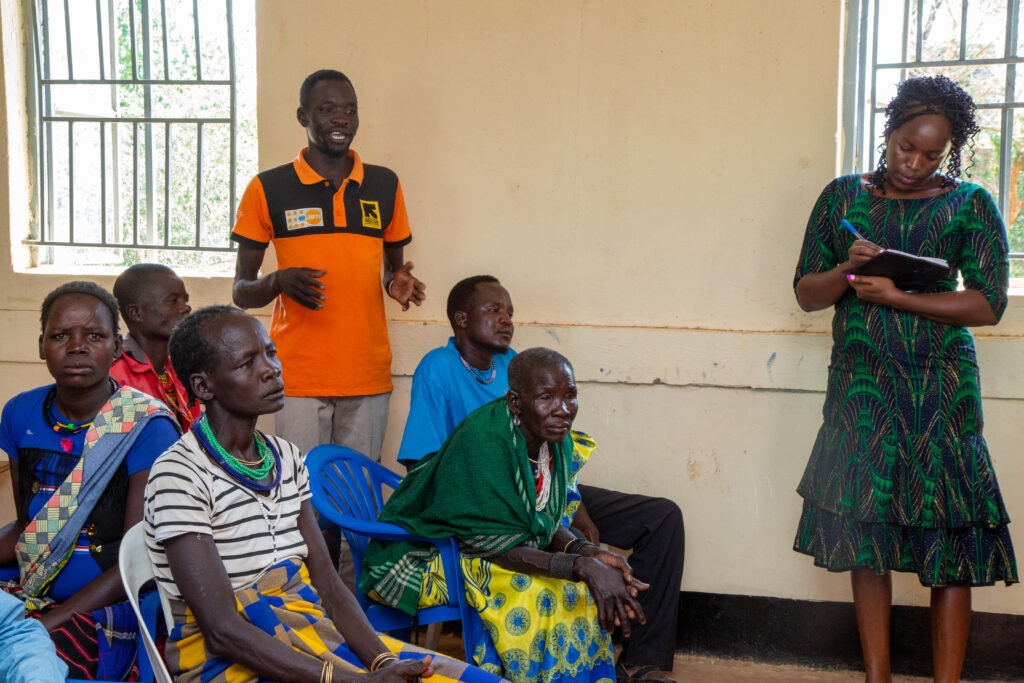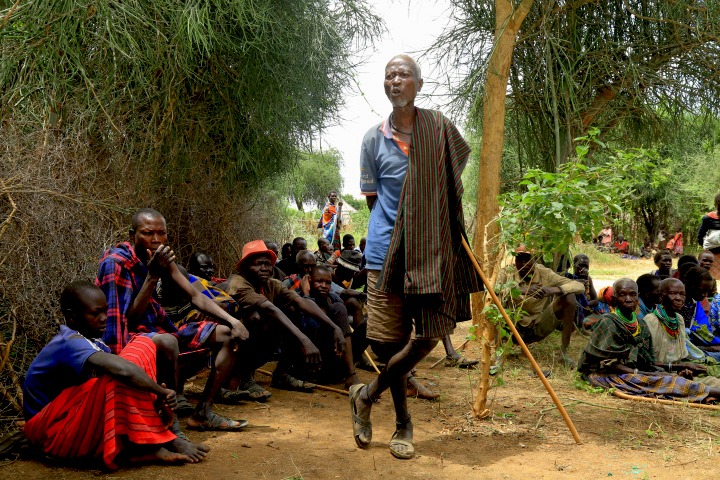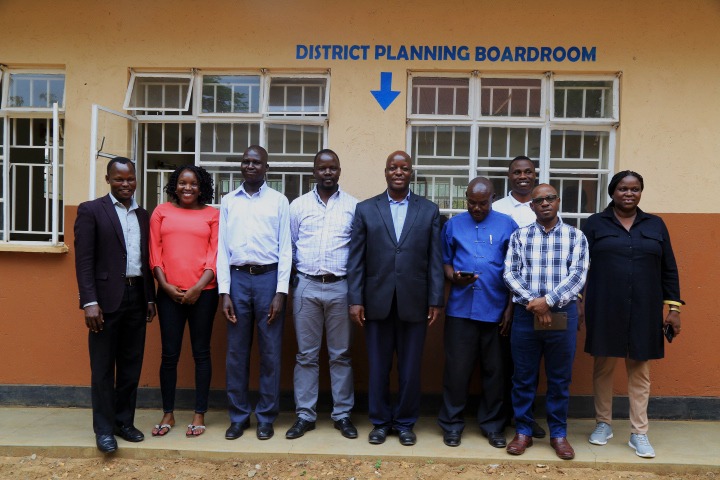Reaching the Last Mile in the Drive to End Neglected Tropical Diseases: USAID’s Act to End NTDs | East program

USAID’s Act to End Neglected Tropical Diseases (NTDs) | East (Act | East) program, led by prime RTI International, supports countries in the sustainable control and elimination of NTDs. The project objectives include:
- Achieving the elimination of lymphatic filariasis, trachoma, and onchocerciasis; and
- Ensuring continuous capacity to maintain and operate mass drug administration (MDA) and disease surveillance for schistosomiasis and soil-transmitted helminths, among other objectives.
These objectives can be achieved by obtaining and sustaining optimal MDA coverage, meeting disease-specific criteria to stop MDA, conducting quality post-MDA surveillance, and supporting sustainable national NTD services through collaboration with governments and local communities.
As a part of Act | East’s consortium of implementing partners, WI-HER helps the program reach the ‘last mile’ in NTD elimination through targeted technical assistance, tailored training, qualitative investigations, and social and behavior change activities to reach often-missed and excluded communities with NTD services. We identify and address gender equity and social inclusion (GESI)-related factors and barriers that impact NTD program outcomes by working with NTD stakeholders at all levels—national, sub-national, and NTD-affected communities—to catalyze sustainable solutions to NTD transmission and prevention.
Our Approach on Act | East
Our team fulfills the UN’s Leave No One Behind commitment in NTD program outcomes by strengthening program-level and country-specific activities, tools, sustainability models, and capacity-strengthening initiatives.
- We collaborate with and strengthen the capacity of the local health system, government stakeholders, and communities most impacted by NTDs.
- Throughout our initiatives, we support community engagement, social mobilization, behavior change, and localization activities that ensure the individuals and communities who have been historically missed are included and reached by NTD services.

- We use context-sensitive health system strengthening and locally-led quality improvement techniques to support countries from the national to community levels to extend NTD services to “hard to reach” populations in complex operating environments.
- We utilize a time-tested behavior change approach, including our results-driven iDARE methodology, to support government stakeholders and communities in identifying challenges, devising locally relevant strategies, testing and implementing solutions, and adapting approaches based on tangible improvements, including MDA results and other NTD prevention metrics.
- We lead qualitative assessments, gender action plans, strategies, and tools, and we support the development and strengthening of national policies, guidelines, and training curricula.
Critical Elements Influencing Results & Achievement
WI-HER’s Act | East GESI behavior change activities and approach to strengthening NTD service delivery, access, and acceptance facilitate practical recommendations to improve MDA, as well as actionable ways to interrupt disease transmission.
Through rapid rounds of root cause analysis, testing of community-led interventions, continuous impact monitoring and measurement, and capacitation of stakeholders from all levels, we address entrenched and stubborn gaps in NTD services. Our efforts, in partnership with key stakeholders, have led to increased equity and improved service delivery in preventive medicine uptake in affected communities around the world, contributing to stronger local and national health systems. This work has also strengthened the capacity of national, regional, district- and community-based stakeholders to address their specific challenges and use local data to continually inform activity approaches.
This equity-centered work makes national NTD programs more effective, resilient, and inclusive, with community stakeholders and government leaders at all levels playing a critical role in considering community needs and realities in planning, implementing, and assessing NTD elimination efforts.
